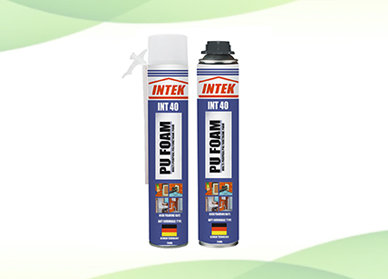0086-158 6656 2139


Differences between curing treatment of polyurethane sealant and silicone sealant:
During curing, polyurethane sealant has good strength, good adhesion and tear resistance. Curing is completed at room temperature, which can resist low temperature and won't freeze crack in cold environment. However, bubbles may appear during the curing process, resulting in cracks in the adhesive layer. Try to select high-quality adhesive to ensure better curing effect.
During curing, silicone sealant will hardly bubble. It is firmly bonded with the bonding material, which is resistant to moisture, heat and aging. After curing, it can effectively resist the impact of tearing and oil stain and will not be easily polluted. During construction, it is suggested that the adhesive layer should not be too thick, otherwise the curing time will be prolonged. In order to avoid these situations, it is recommended to select high-quality products. Cooperate with powerful suppliers and be more confident. For example, kosmore focuses on silicone sealant research and provides customized silicone sealant application solutions. It has a wide range of applications and can be applied to new energy, military industry, medical, aviation, shipbuilding, electronics, automobile, instrument, power supply, high-speed rail and other industries.

E-MAIL:danny@chinaintek.com
Copyright © Shandong Intek New Material Company All Rights Reserved.
鲁ICP2022062536号-1 XML Map Technical support:YCCMS
